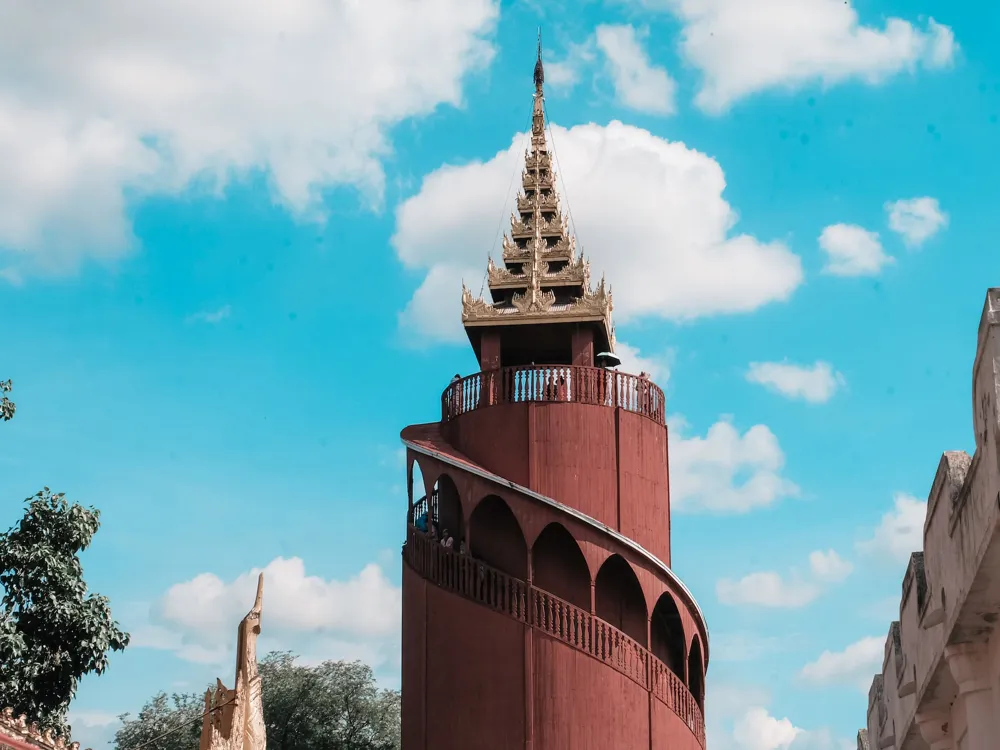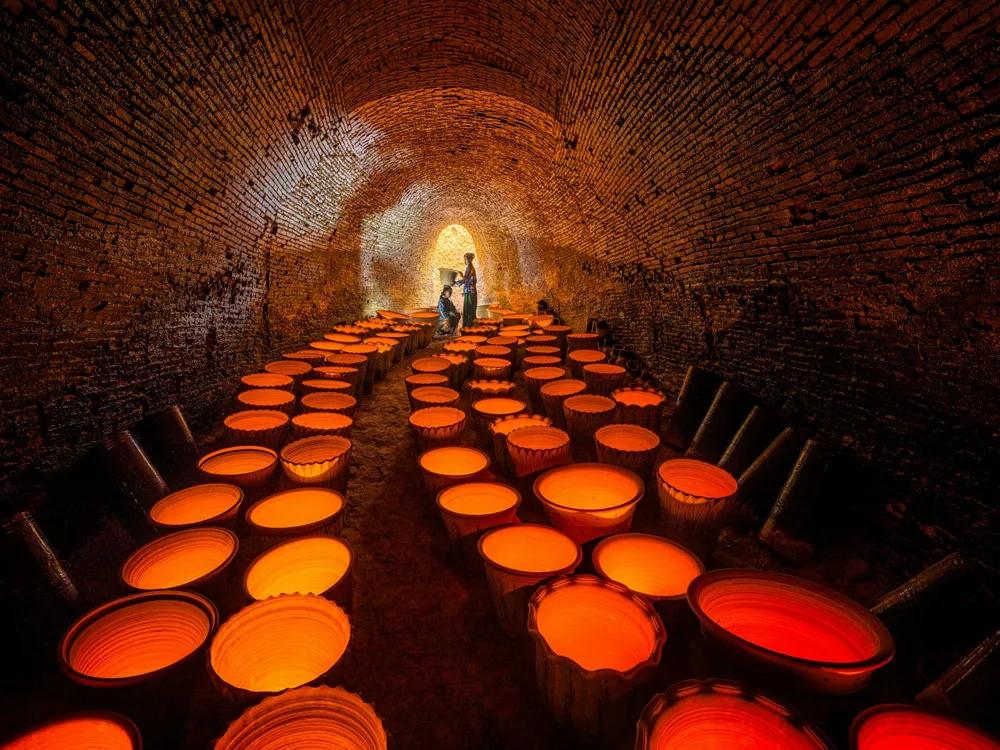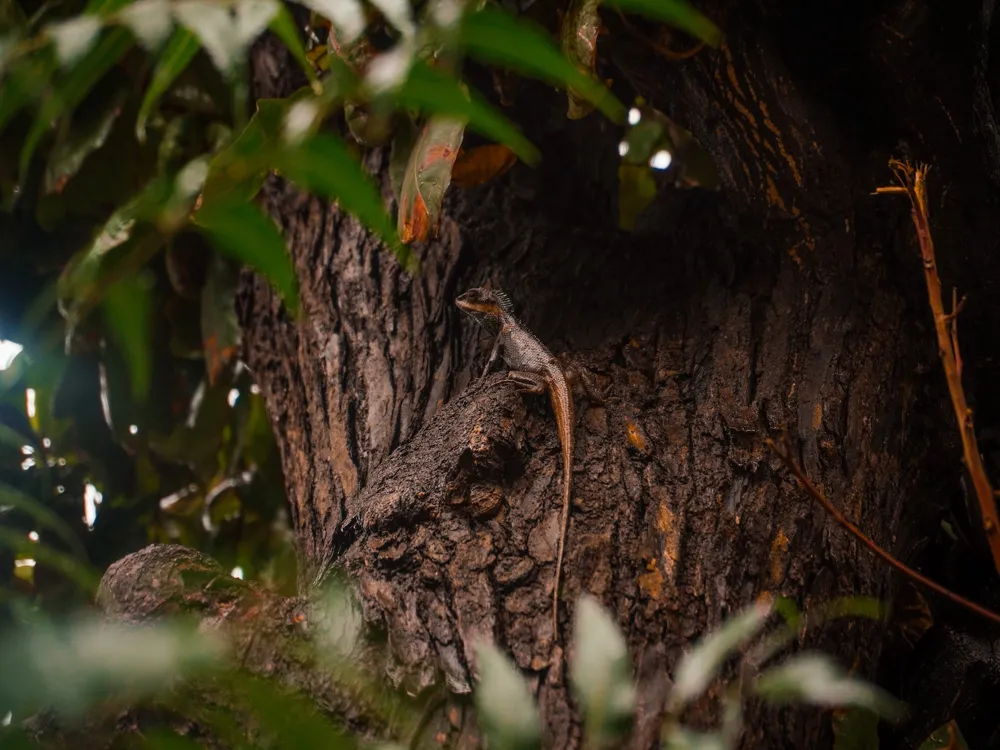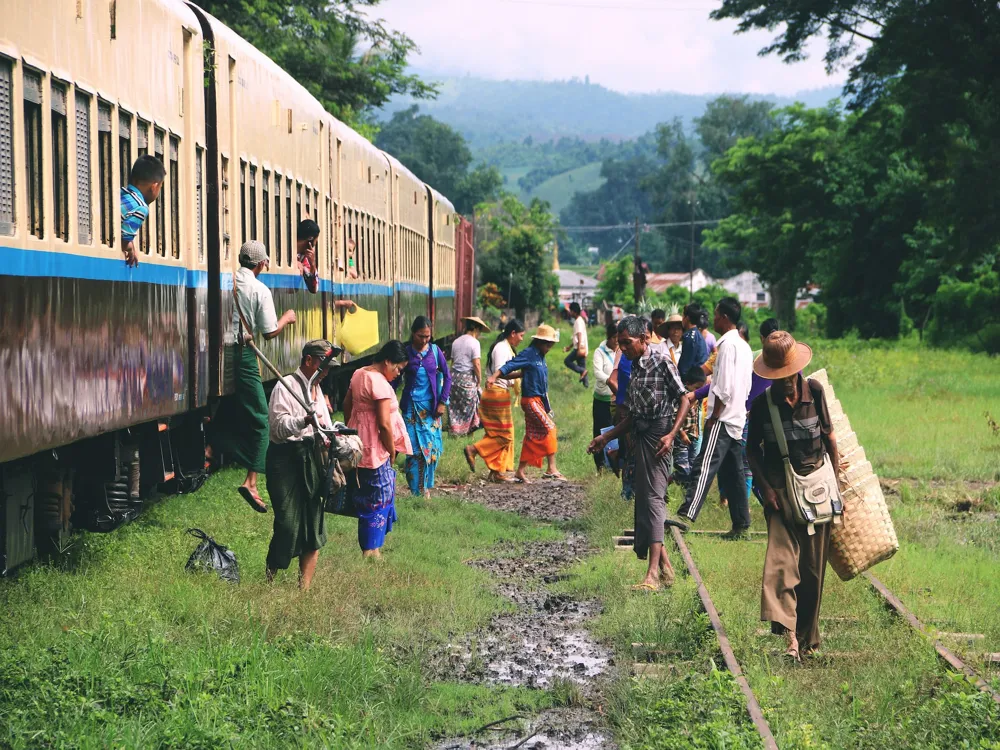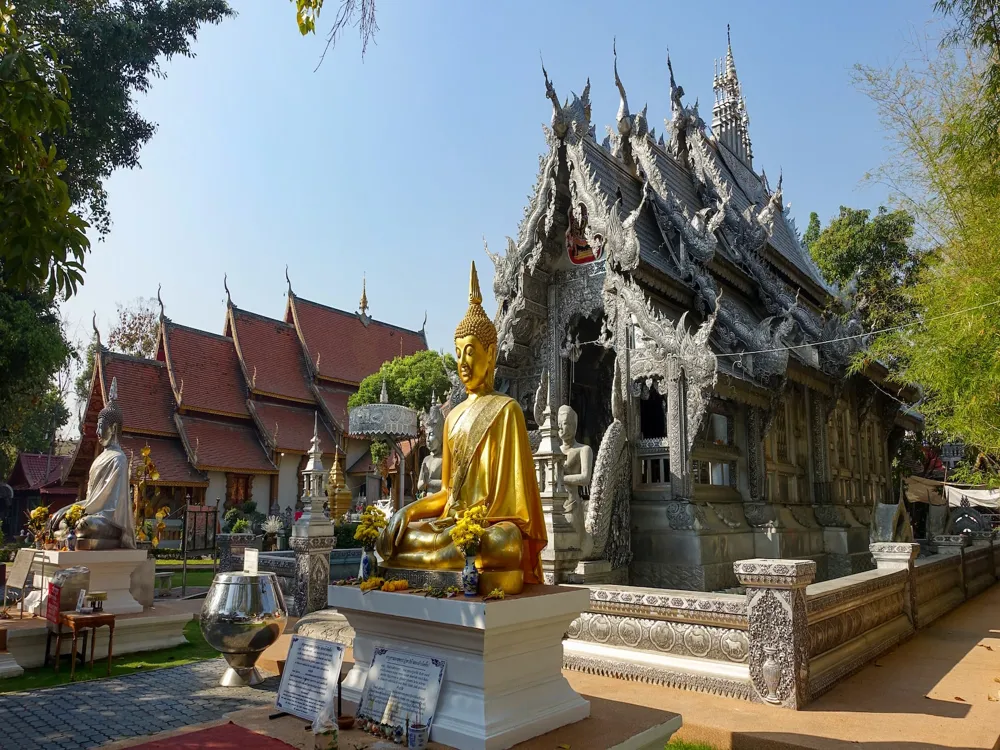Bagan, a historical gem located in the Mandalay Region of Myanmar, is an ancient city that fascinates visitors with its rich history and mesmerizing landscapes. Dating back to the 9th century, Bagan was the capital of the Pagan Kingdom, where during its height between the 11th and 13th centuries, over 10,000 Buddhist temples, pagodas, and monasteries were constructed. Today, around 2,200 of these structures survive, spreading over an area of 104 square kilometers, making Bagan one of the world's greatest archeological sites.
The city's significance lies in its vast and diverse collection of Buddhist art and architecture. The structures range from small stupas to massive temples, each telling a unique story of the spiritual and cultural essence of the Pagan period. The architectural designs reflect a range of influences from several Southeast Asian cultures, indicative of the region's rich history of cultural exchange and conquest. The majority of these structures were built between the 11th and 13th centuries under the rule of several ambitious kings, each contributing to the city's grandeur.
Bagan's archeological zone is divided into several regions, including Old Bagan, New Bagan, and the surrounding villages. Old Bagan, the heart of the ancient city, houses the most significant temples and ruins, including the Ananda Temple, Dhammayangyi Temple, and Thatbyinnyu Temple. The region is also known for its traditional lacquerware, a craft perfected over centuries. New Bagan, on the other hand, was built more recently and offers modern accommodations and amenities for visitors. The surrounding villages provide a glimpse into the daily lives of the local communities, where age-old traditions are still practiced.
Visitors to Bagan are not only treated to a visual feast of ancient architecture but also have the opportunity to experience the vibrant culture of Myanmar. The sunrise hot-air balloon rides offer a breathtaking bird's-eye view of the temple-studded landscape, a sight that has become synonymous with the Bagan experience. The city's rich tapestry of history, art, and culture, combined with its serene natural beauty, makes Bagan a must-visit destination for history buffs, spiritual seekers, and travelers alike.
The architecture of Bagan is a testament to the ingenuity and vision of the ancient builders of the Pagan Kingdom. The structures in Bagan encompass a wide range of styles, influenced by various historical periods and cultural interactions. The architectural journey of Bagan began in the 9th century and evolved significantly until the 13th century, marking an era of architectural innovation and religious devotion.
One of the most distinctive features of Bagan's architecture is the stupa, a dome-shaped structure intended as a Buddhist shrine. The stupas in Bagan are known for their graceful bell shapes, with the Shwezigon Pagoda being one of the most famous examples. This structure is characterized by a golden stupa surrounded by smaller temples and shrines, reflecting the synthesis of Burmese and Mon architectural styles.
In addition to stupas, Bagan is renowned for its temples, which are larger and more complex than stupas. The temples typically feature a central corridor, multiple entrances, and intricate interior murals depicting scenes from the Jataka tales and the life of Buddha. The Ananda Temple, one of Bagan's most revered temples, exemplifies the height of Bagan's architectural sophistication. It combines Mon and Indian architectural styles, featuring a central square structure with four standing Buddha statues and numerous terraces leading to a small pagoda at the top.
The Dhammayangyi Temple, the largest temple in Bagan, showcases a unique architectural style. Its massive, pyramid-like structure with six terraces represents the culmination of Bagan's architectural evolution. The temple's interior is equally impressive, with intricate brickwork and murals.
The architecture of Bagan also includes smaller structures like gu-style temples, characterized by their cave-like, dark interiors, and small windows. These temples, such as the Sulamani Temple, were built for meditation and reflection, featuring exquisite murals and inscriptions.
The diversity of architectural styles in Bagan is a reflection of the city's historical development, influenced by religious, cultural, and political changes over centuries. This rich architectural tapestry provides invaluable insights into the social, religious, and cultural dynamics of the Pagan Kingdom. Today, the ancient city of Bagan stands as a symbol of Myanmar's historical legacy, attracting scholars, architects, and tourists from around the world.
The ideal time to visit Bagan is between November and February when the weather is cooler and drier, making it comfortable for exploring the temples and outdoor activities. Avoid the rainy season from June to October, as heavy rains can make travel difficult.
Renting an electric bike or scooter is the most convenient way to explore Bagan's temples. They are eco-friendly and allow easy navigation through the temple plains. Alternatively, hiring a horse cart or taxi for a day can offer a more relaxed and guided experience.
Dress modestly when visiting temples, covering shoulders and knees. Remove shoes and socks before entering temple grounds as a sign of respect. Be mindful of cultural sensitivities, especially when taking photographs.
Bagan offers a range of accommodations, from budget guesthouses to luxury resorts. Staying in Old Bagan provides easy access to major temples, while New Bagan and Nyaung-U offer more affordable options. Try local Burmese cuisine, including dishes like mohinga and tea leaf salad.
Stay hydrated and use sunscreen to protect against the hot sun. Be aware of stray dogs and uneven pathways around temples. Carry a basic first-aid kit and use mosquito repellent, especially during the evenings.
Bagan is accessible by various modes of transportation. The most convenient way is by air, with the Nyaung-U Airport serving domestic flights from Yangon, Mandalay, and other major cities in Myanmar. Alternatively, visitors can take a bus or train from major cities, although these journeys are longer. For a more scenic route, river cruises from Mandalay to Bagan along the Ayeyarwady River offer a unique travel experience, showcasing the beauty of Myanmar's landscape.
Overview of Bagan
Architecture of Bagan
Tips When Visiting Bagan
Best Time to Visit
Transportation Tips
Dress Code and Etiquette
Accommodation and Dining
Health and Safety
How To Reach Bagan
Mount Popa
Bagan
NaN onwards
View bagan Packages
Weather :
Tags : Buddhist Temple
Timings : 4:00 AM - 6:00 PM
Entry Fees : MMK 10,000. English Guided Tours: MMK 30,000 onwards
Planning a Trip? Ask Your Question
Bagan Travel Packages
View All Packages For Bagan
Top Hotel Collections for Bagan

Private Pool

Luxury Hotels

5-Star Hotels

Pet Friendly
Top Hotels Near Bagan
Other Top Ranking Places In Bagan
View All Places To Visit In bagan
View bagan Packages
Weather :
Tags : Buddhist Temple
Timings : 4:00 AM - 6:00 PM
Entry Fees : MMK 10,000. English Guided Tours: MMK 30,000 onwards
Planning a Trip? Ask Your Question
Bagan Travel Packages
View All Packages For Bagan
Top Hotel Collections for Bagan

Private Pool

Luxury Hotels

5-Star Hotels

Pet Friendly













